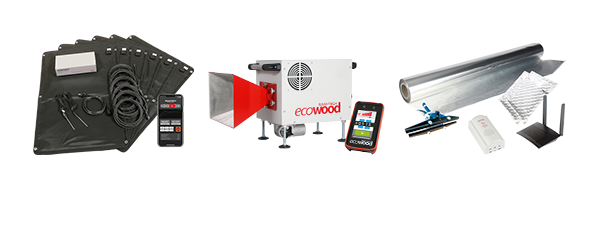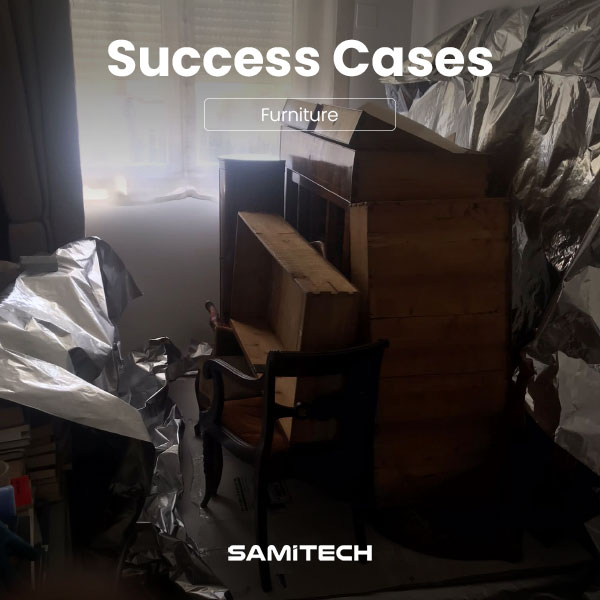Samitech’s Commitment to Biodiversity Preservation
At the heart of Samitech’s mission is the development of innovative technologies that are not only effective in controlling wood pests but also sustainable and environmentally friendly. In this article, we will explore how Samitech’s approach to technology development is contributing to biodiversity preservation by sustainably controlling wood pests.
Sustainable Research and Development: Since its inception, Samitech has invested in research and development to create solutions that address pest control needs without compromising environmental health. This approach is based on a deep understanding of ecosystems and biodiversity, as well as a commitment to sustainable innovation.
Interdisciplinary Collaboration: Samitech fosters interdisciplinary collaboration among engineers, users, and conservation experts to develop technologies that are effective and environmentally friendly. This collaboration allows for the exchange of knowledge and the integration of different perspectives to address pest control challenges comprehensively.
Focus on Non-Toxic Physical Methods: One of the key features of Samitech’s technologies is its focus on non-toxic physical methods for wood pest control. These methods, such as anoxia, infrared, and microwaves, allow for the effective elimination of pests without harming the environment or risking the health of other species.
Continuous Innovation: Samitech is committed to continuous innovation to improve the effectiveness and sustainability of its technologies. This includes researching new materials, processes, and applications that can further reduce the environmental impact of wood pest control and promote biodiversity preservation.
Samitech’s commitment to developing sustainable technologies is at the core of its contribution to biodiversity preservation. By working closely with experts and local communities, the company is leading the way towards a future where wood pest control is compatible with environmental conservation and biodiversity.








